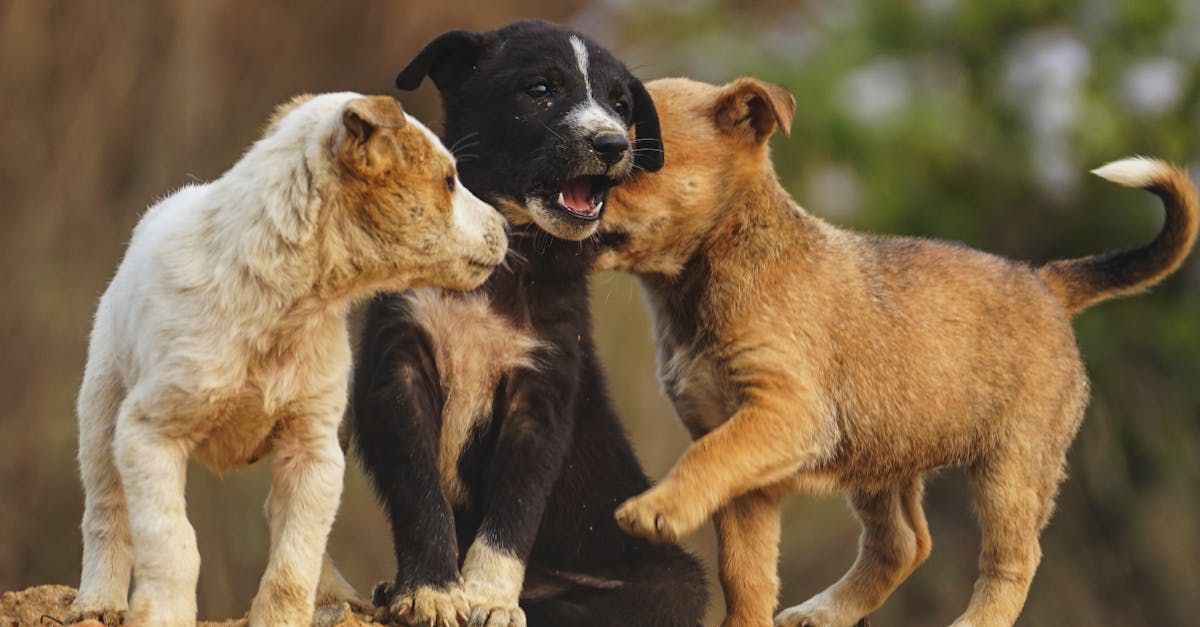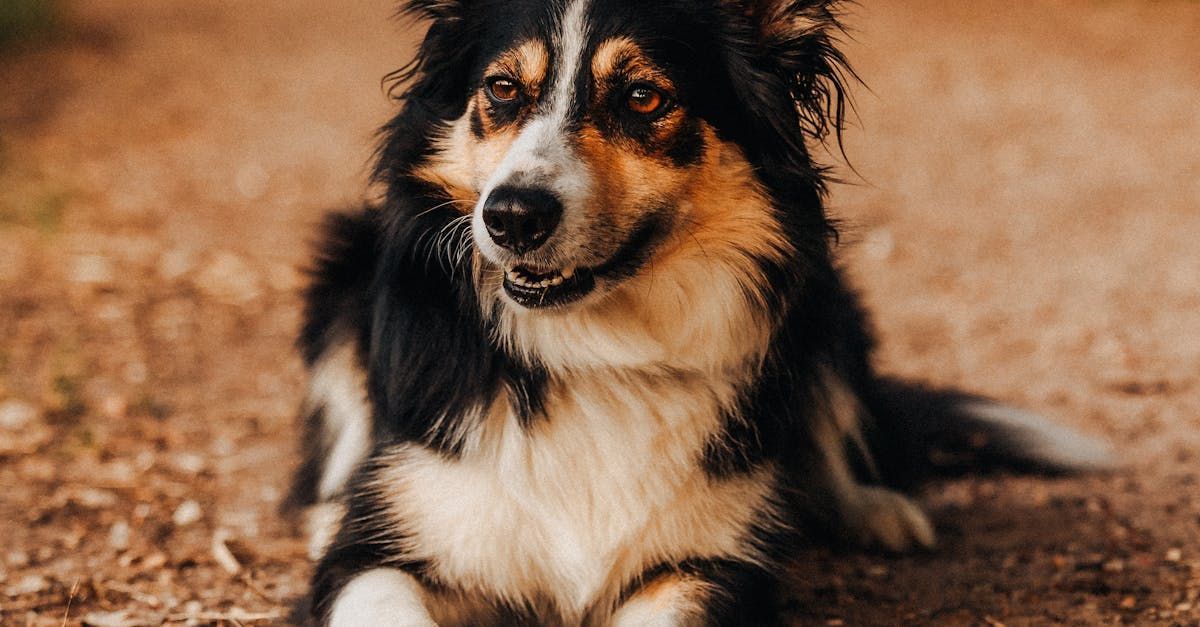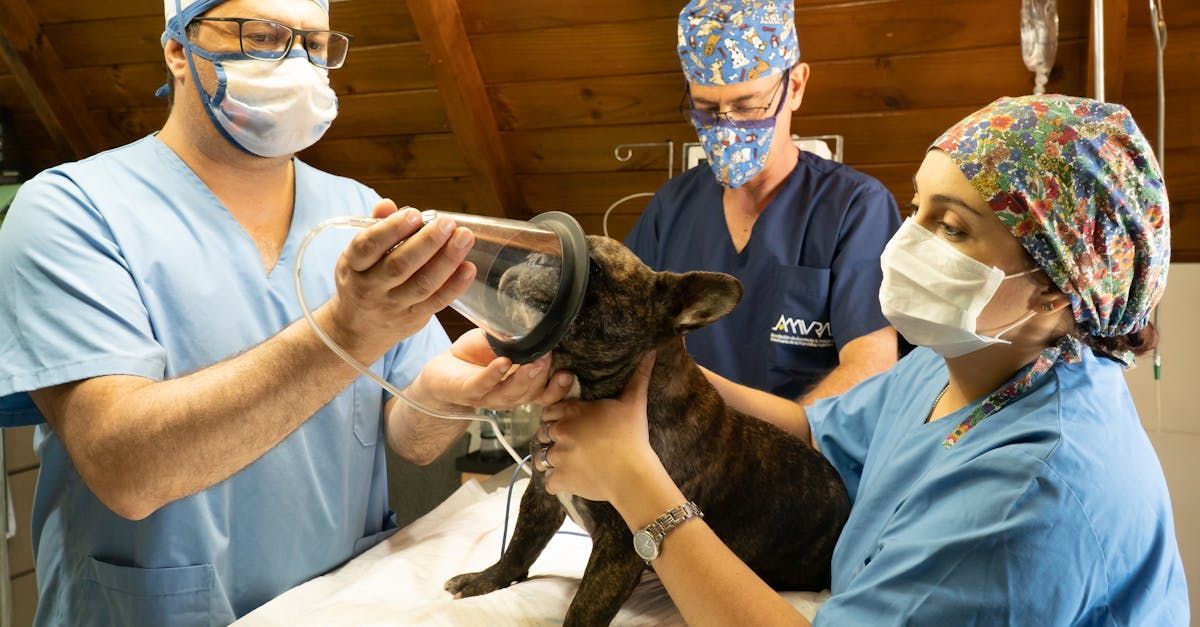Understanding Canine Distemper: Protecting Your Dog's Health
Understanding Canine Distemper: Protecting Your Dog's Health
Canine distemper is a serious viral disease that poses a significant threat to dogs and puppies worldwide. Caused by the canine distemper virus (CDV), this highly contagious illness can lead to a range of symptoms and potentially fatal complications. In this blog post, we will delve into what distemper is, its effects on dogs and puppies, how to recognize signs of infection, what to do if your pet is infected, the importance of vaccination, the vaccination schedule, and how long it takes for your dog or puppy to become fully immune.
What is Canine Distemper?
Canine distemper is a viral disease that affects the respiratory, gastrointestinal, and nervous systems of infected dogs. The virus is spread through airborne exposure to respiratory secretions, making it highly contagious. Once a dog is infected, the virus attacks rapidly dividing cells in the body, leading to a wide range of symptoms and potential complications.
Effects of Canine Distemper on Dogs and Puppies:
Canine distemper can have devastating effects on dogs and puppies, with puppies being particularly vulnerable. The disease can manifest as respiratory signs, gastrointestinal issues, neurological problems, and even death. Symptoms may include fever, nasal discharge, coughing, lethargy, loss of appetite, vomiting, diarrhea, seizures, and behavioral changes.
Signs of Infection in Dogs and Puppies:
Recognizing the signs of distemper in your dog or puppy is crucial for early detection and treatment. Common signs of infection include fever, nasal and eye discharge, coughing, lethargy, loss of appetite, vomiting, diarrhea, seizures, and behavioral changes. If you notice any of these symptoms in your pet, seek veterinary care immediately.
What to Do if Your Dog or Puppy is Infected:
If your dog or puppy is diagnosed with distemper, your veterinarian will recommend supportive care to manage symptoms and complications. Treatment may include fluid therapy, nutritional support, antibiotics, and medications to control fever and seizures. In severe cases, hospitalization and intensive care may be necessary.
The Importance of Vaccination:
Vaccination is the most effective way to prevent canine distemper and protect your pet from this deadly disease. Puppies should receive a series of vaccinations starting at 6-8 weeks of age, with booster shots given every 3-4 weeks until they are 16 weeks old. Adult dogs should receive regular booster vaccinations to maintain immunity.
Vaccination Schedule:
The typical vaccination schedule for distemper involves initial vaccinations starting at 6-8 weeks of age, with booster shots given every 3-4 weeks until the puppy is 16 weeks old. Adult dogs should receive regular booster vaccinations as recommended by their veterinarian to maintain immunity.
How Long Does It Take for Your Dog or Puppy to Become Fully Immune?
It typically takes about 7-10 days for a dog or puppy to develop immunity after receiving a distemper vaccination. However, full protection may not be achieved until the entire vaccination series is completed. It is important to follow your veterinarian's recommended vaccination schedule to ensure that your pet is fully protected against distemper and other preventable diseases.
Conclusion:
Canine distemper is a serious disease that can have devastating effects on dogs and puppies. By understanding the signs of infection, seeking prompt veterinary care, and ensuring that your pet is up to date on vaccinations, you can help protect them from this preventable illness. Vaccination is key to preventing distemper and safeguarding your pet's health and well-being. Remember, a healthy pet is a happy pet!













